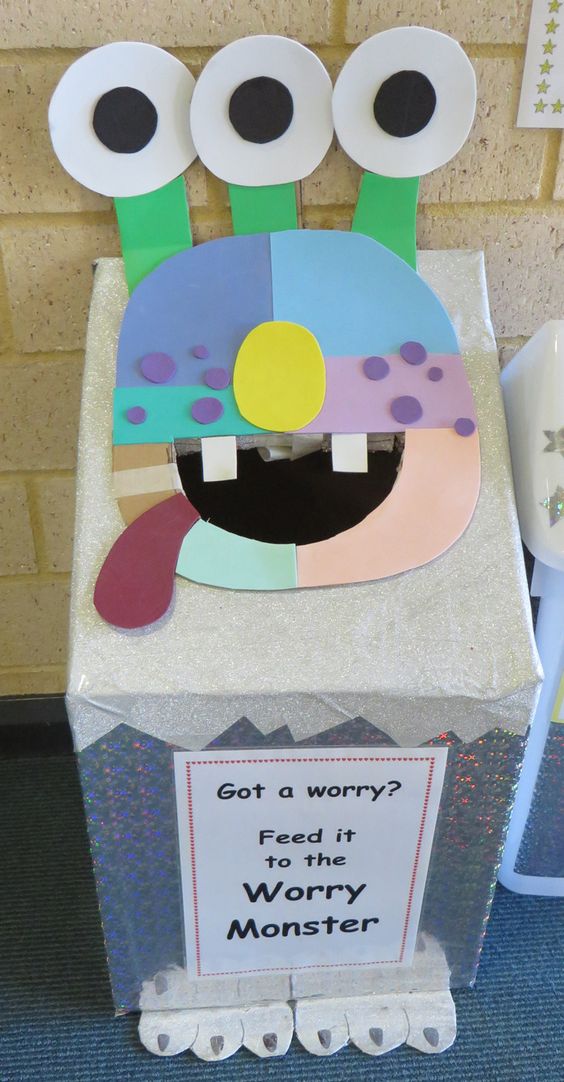Building rapport online
This is the eighth in a new blog series chronicling the different ways in which organisations in the criminal justice sector are helping their service users survive the impact of coronavirus. It is written by Tamara de Silva, a Vulnerable Victim’s Case Manager for Catch22’s Hertfordshire Beacon Services, who works with children as young as four years old.
If your organisation – statutory, voluntary, or private – would like to share how you’ve had to adapt to be able to continue to provide your service, please get in touch.
Gaining trust
Communication with a complete stranger can be hard at the best of times, let alone over the phone or behind a screen, addressing what is often a very sensitive topic for the person. We deal with crimes from a burglary at home, to domestic and child abuse. Until this epidemic, all support involving children and young people was done through face to face contact, allowing us to initially focus on building up a close rapport. One of the many challenges we now face, is building this same level of rapport, gaining young people’s trust purely through a phone line.
Consistent engagement from children and young people have been the greatest challenge for me. Particularly with new clients under 10 years old, this can be so hard; normally a case manager and I would conduct a face to face session with the service user to complete a needs assessment – to get an idea of the extent of support they need, not just from us, but potentially from other services – but now, we’re having group phone calls between myself, the child, and their parent.
To keep the engagement regular, it is important for the children and their parents to know that we are here to help but every interaction does not have to be a scary or serious conversation. I send the parents fun, creative activities, tailored to the service user’s interests, which can be used when a client’s emotions are getting on top of them – whether they are sad, anxious, or angry. We’ve had them building worry boxes, making glitter jars to their possessions, or completing quizzes online as a distraction – Pinterest has been a saviour for finding creative ideas!
The activities are very similar to what we would do face-to-face but are now in the hands of the parent or guardian to make the activity happen. We as a service just have to be a lot clearer on how sessions will operate, what they activities are and why we do operate this way. Using these activities is a great way of ensuring consistently positive engagement, so that when it’s time for a support session, which could address more serious or urgent needs, we are front of mind for the young child and for their parent.
Older children
My interactions with older service users, those age 10 and above, has been quite different to what I expected when switching to remote. As digital natives, I expected them to jump on board with video calls, but instead many teens are opting for phone calls. But when they have not met me before, I realise that sitting in front of a camera, talking to a stranger can be daunting. I have to therefore make these young people, who have often had something out of their control already happen, know that they have options. They must know that they can direct how the support will go forward and our aim is to make them feel as safe as possible.
Digital accessibility is another issue we see – believe it or not, not every young person we’re supporting has a mobile phone, and so the support offered is through a trusted adult’s phone. We always aim to ensure the young person is able to have a private conversation, but obviously it can’t be guaranteed with a phone call. Again, our focus is on making sure they are comfortable and that the support is operating on their terms.
The most important tool we have clung on to throughout this entire lockdown period has been focussing on working together, as a team. We’ve shared ideas between case managers, between services across Catch22, and with other services throughout the country.
Operating entirely remotely has presented many new challenges and we will continue to adapt – we’ve been flexible, got seriously creative, and been more resilient than ever. But that’s nothing new in working with children and young people – it’s all about adapting for them every single time.
The header image is of the Worry Monster located at Secret Harbour Primary School, Australia. You can see it on pinterest here.









